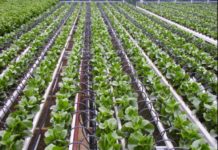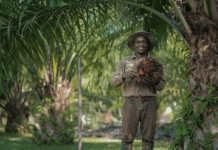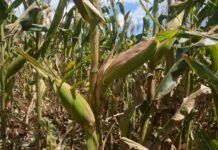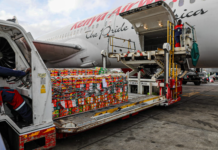By Lawrence Paganga
Zimbabwe hopes to rebuild its depleted dairy herd to 60 000 in the next five years, a government minister has confirmed.
The country’s dairy herd is estimated at 39 000 excluding beef and draft milking cows that communal and resettlement farmers milk use for home consumption and local sales.
However, Agriculture Deputy Minister Vangelis Haritatos said the government had earmarked to expand this to 60 000 in the next five years.
He was speaking on Friday at the launch of a government-sponsored silage and pasture production scheme in Rusitu, Chipinge for dairy farmers.
“We have launched the silage and pasture production scheme in the smallholder, medium, large scale dairy sectors for enhanced milk production. Over the next five years, we will rebuild the dairy herd to 60 000,” he said.
“Under the 2021/22 summer cropping season and livestock programme, the government has set aside presidential inputs for silage and forage legume production for 1 500 smallholder dairy farmers as well as introduced commercial production targeting 5 000 hectares supported by CBZ Agro-Yield.”
CBZ is a local Zimbabwean financial institution.
In 2021, total milk production decreased by an average of 10 percent compared to 2020.
The average production per cow per day was 13 litres, and the smallholder dairy sector contributes about 4 percent of national milk production. Productivity also remains low due to the high costs of breeding stock, stock feed and veterinary drugs.
However, Haritatos added: “As the government, we have come up with short-term interventions in order to assist the dairy sector and livestock sector at large.”
Milk output Zimbabwe fell from an early 1990s peak of 260 million litres per year to between 50 and 65 million litres.
The country imports approximately 48% of its annual milk requirements.
This drop was associated with herd depletion exacerbated by the fast-track land reform programme, which forced massive destocking and low demand due to socio-economic challenges.
The dairy sub-sector has in the past not received much financial support from the government compared to cropping.
Due to the government’s reluctance to support dairy farmers, the sub-sector was exposed to import competition and high input costs.
There were also uncontrolled environmental hazards like veldt fires that destroy pastures and informal hunting, which increases risks like the spread of rabies.
The sub-sector remains strained by a serious shortage of skilled and experienced technical staff.








